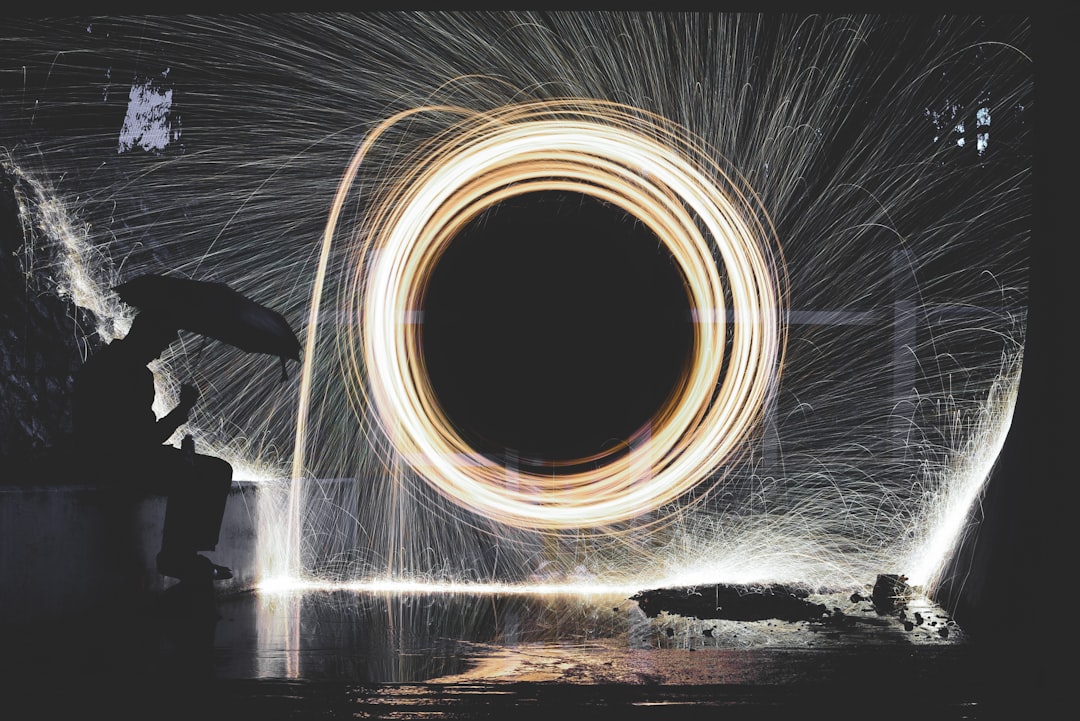What is it about?
This study explores which sources are ‘‘making’’ local news and whether these sources are simply indicating the type of news that appears, or are shaping newspaper coverage. It provides an empirical record of the extent to which sources are able to dominate news coverage from which future trends in local journalism can be measured. The type and number of sources used in 2979 sampled news stories in four West Yorkshire papers, representing the three main proprietors of local newspapers in the United Kingdom, were recorded for one month and revealed the relatively narrow range of routine sources; 76 per cent of articles cited only a single source. The analysis indicates that journalists are relying less on their readers for news, and that stories of little consequence are being elevated to significant positions, or are filling news pages at the expense of more important stories. Additionally, the reliance on a single source means that alternative views and perspectives relevant to the readership are being overlooked. Journalists are becoming more passive, mere processors of one-sided information or bland copy dictated by sources. These trends indicate poor journalistic standards and may be exacerbating declining local newspaper sales.
Featured Image
Why is it important?
This research shows the extent to which local newspapers are relying on 'information subsidies' - one-sided or bland news generated by individuals or institutions seeking access to the news agenda to put across a particular message through PR etc, and demonstrates the lack of independent journalism in many local newspapers. This has implications for the quality of the local press.
Read the Original
This page is a summary of: THE PASSIVE JOURNALIST, Journalism Practice, October 2008, Taylor & Francis,
DOI: 10.1080/17512780802281248.
You can read the full text:
Contributors
The following have contributed to this page










